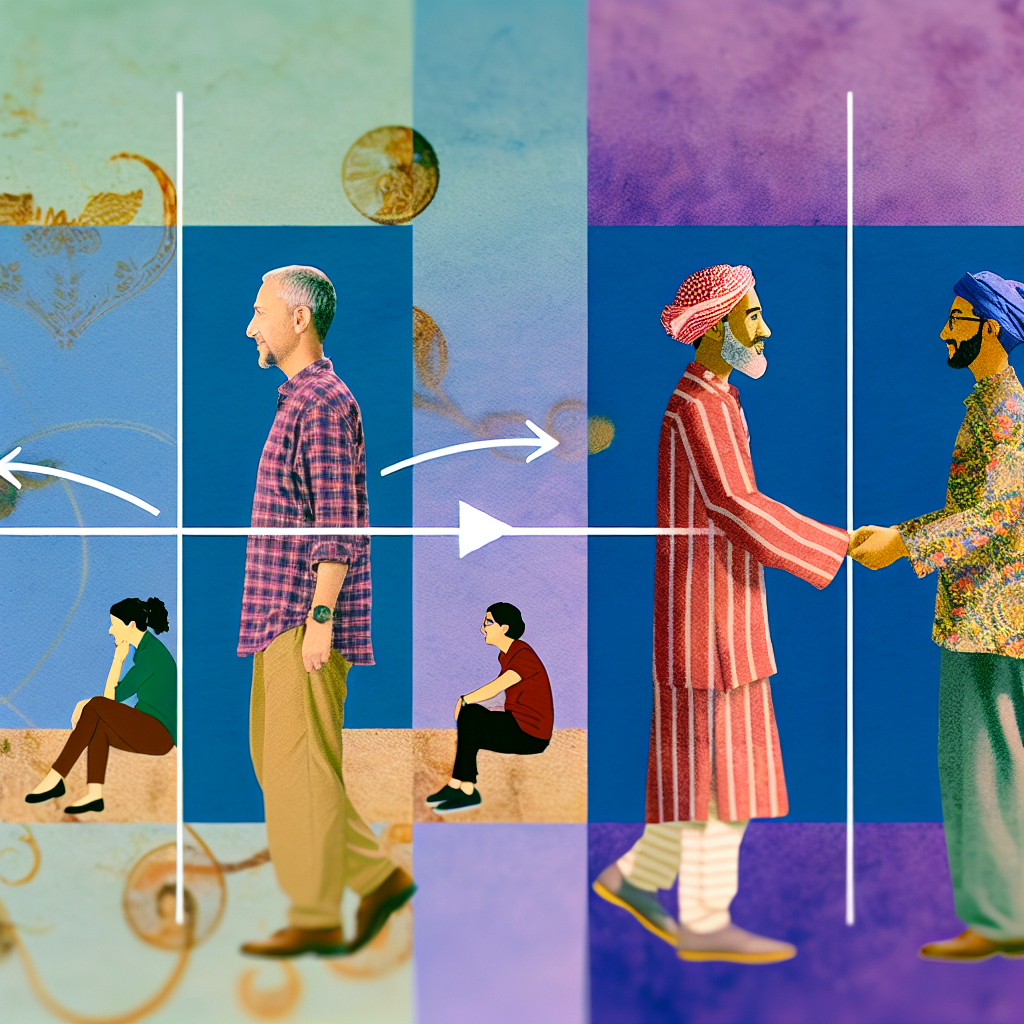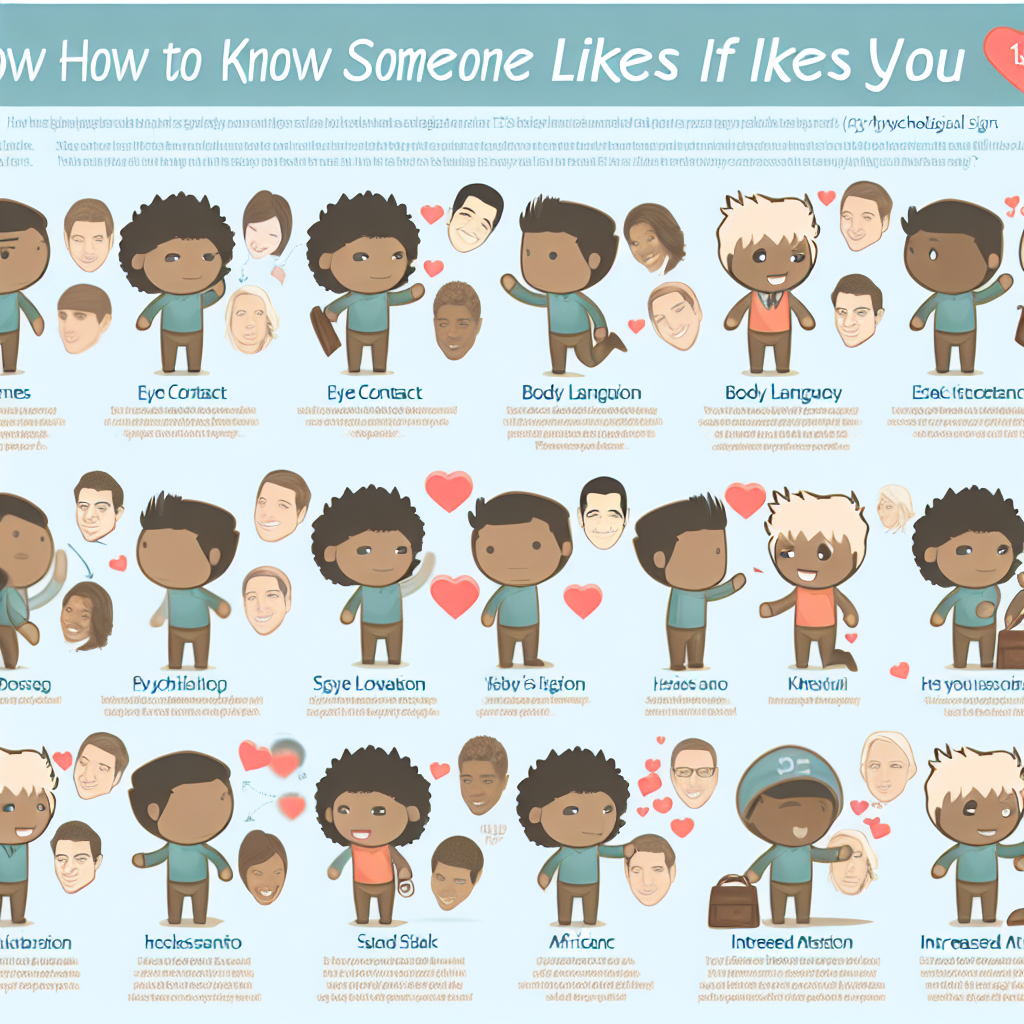Situationship to Relationship: Making the Transition
Introduction
In today’s digital dating era, relationships often begin in a space that defies traditional labels. A “situationship“—a blend of a romantic connection and friendship without a defined commitment—has become a buzzword in modern dating. While this flexible arrangement can be satisfying for some, many find themselves longing for more: clarity, security, emotional intimacy, and exclusivity. The journey from situationship to a full-fledged relationship isn’t always straightforward, but with honest communication, self-awareness, and mutual intent, it can blossom into a meaningful and enduring partnership.
Why Situationships Are So Common (and Complicated)
Research in the field of psychology and relationship dynamics sheds light on why we fall into and how we transition out of situationships.
Dr. Alexandra Solomon, a licensed clinical psychologist and author of Loving Bravely, outlines that situationships often thrive on ambiguity. “People avoid defining relationships because it eliminates uncertainty,” she explains, “and uncertainty can sometimes feel emotionally safer than making a commitment—especially after past relational trauma or fear of loss.”
A 2020 study published in the Journal of Social and Personal Relationships examined the emotional toll of ambiguous relationships. Researchers found that individuals in non-defined or low-commitment situations reported higher anxiety, lower emotional fulfillment, and less relational satisfaction compared to those in defined, committed relationships. This suggests that while situationships might feel convenient, they can leave individuals emotionally unanchored.
Attachment Styles: The Hidden Forces at Play
Interestingly, the neuroscience of attachment also plays a significant role in these dynamics. According to research by Dr. Helen Fisher, a biological anthropologist at the Kinsey Institute, different attachment styles (secure, anxious, avoidant) influence how people approach romantic ambiguity.
– Avoidant individuals might prefer the loosely defined nature of a situationship.
– Anxious partners may find it deeply unsettling, seeking constant reassurance and clarity.
Understanding your own attachment style—and that of your partner—can be a powerful tool in navigating the emotional tides of a situationship.
The Power of the “Define the Relationship” Talk
A study conducted by Stanford University found that couples who transitioned from casual to committed relationships had greater long-term satisfaction if they had open conversations about exclusivity, emotional needs, and long-term goals. This research underlines the importance of communication as the cornerstone of a successful transition.
Communication strategist Sarah Jones of Introverted Alpha recommends structured conversations with intentional questions such as:
– “What do you want our connection to look like in the next few months?”
– “How do you feel about exclusivity?”
These thoughtful prompts help both people move from passive involvement to active emotional investment.
Coaching, Counseling, and Communication: Tools for the Transition
Couples who seek therapy or professional coaching during transitional phases report higher success rates in developing healthier long-term relationships. Services like relationship coaching and matchmaking can help individuals:
– Gain insight into their dating habits.
– Heal from past relational wounds.
– Build emotional readiness for new commitment.
Sometimes, having a third-party professional provide perspective can help clarify whether both people are aligned in their hopes for the future.
Situationship to Relationship: Your Intentional Love Story
Transitioning from a situationship to a committed relationship is not a matter of chance—it’s a courageous choice rooted in clarity, communication, and conscious connection. Whether you’re navigating your first situationship at 21 or redefining love in your 60s, your emotional needs and relationship goals are valid. With the right tools, self-awareness, and mutual intent, that undefined connection can evolve into a deeply fulfilling romantic partnership that stands the test of time.
Summary
In the modern dating landscape, “situationships” have become increasingly common, blending romantic and platonic elements without clear commitment. While these flexible arrangements can seem appealing, they often leave people craving more emotional intimacy and security. The transition from situationship to a committed relationship requires open communication, self-awareness, and a shared vision for the future. By understanding attachment styles, seeking professional support, and having intentional conversations, individuals can navigate this evolution and cultivate a meaningful, lasting partnership.
References
– [Bumble’s 2023 Dating Trends Report](https://thebeehive.bumble.com/2023-predictions-dating-trends)
– [Solomon, Alexandra. *Loving Bravely*](https://www.alexandrasolomon.com/loving-bravely)
– [“Relationship ambiguity and mental health outcomes” – *Journal of Social and Personal Relationships*](https://journals.sagepub.com/doi/abs/10.1177/0265407520916250)
– [Fisher, Helen – Attachment and Personality in Love Relationships](https://helenfisher.com)
– [Stanford Study on Relationship Transitions](https://news.stanford.edu/2016/02/15/defining-relationships-makes-better-couples-study-finds/)
– [Introverted Alpha by Sarah Jones – Relationship Coaching for Thoughtful Men](https://introvertedalpha.com)

Dominic E. is a passionate filmmaker navigating the exciting intersection of art and science. By day, he delves into the complexities of the human body as a full-time medical writer, meticulously translating intricate medical concepts into accessible and engaging narratives. By night, he explores the boundless realm of cinematic storytelling, crafting narratives that evoke emotion and challenge perspectives. Film Student and Full-time Medical Writer for ContentVendor.com




